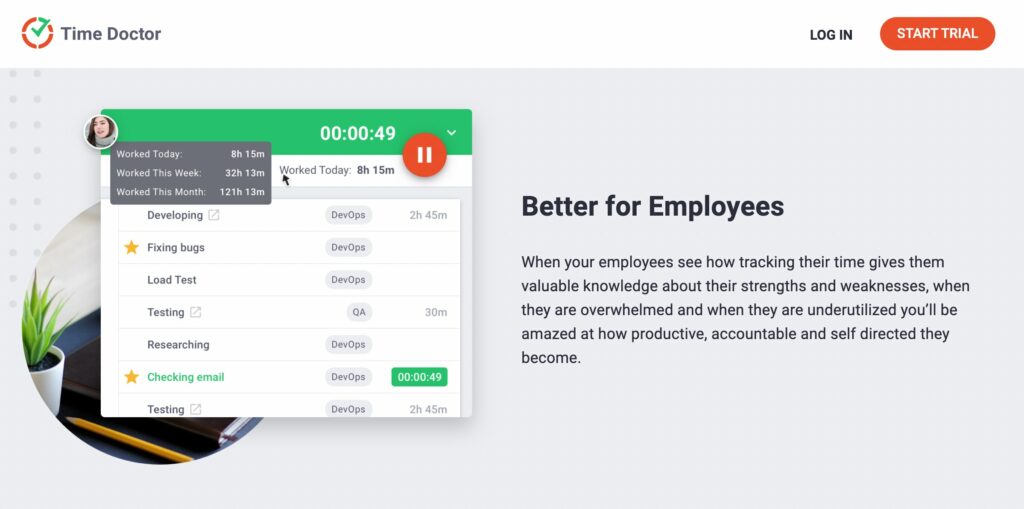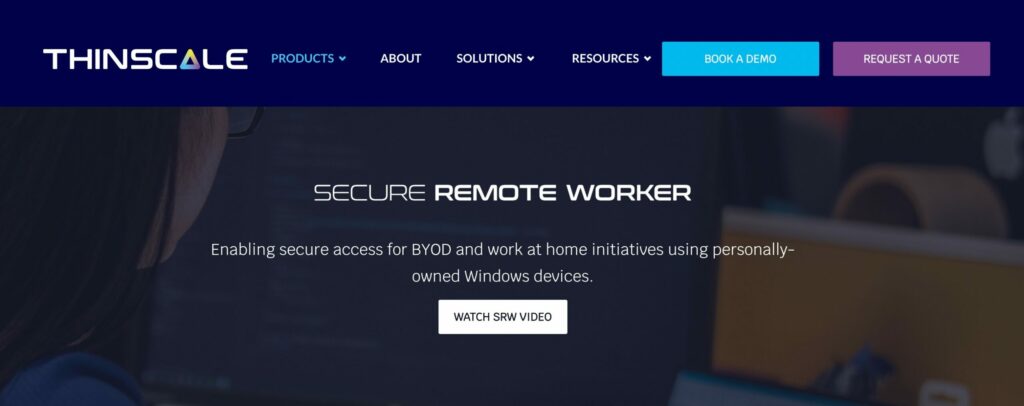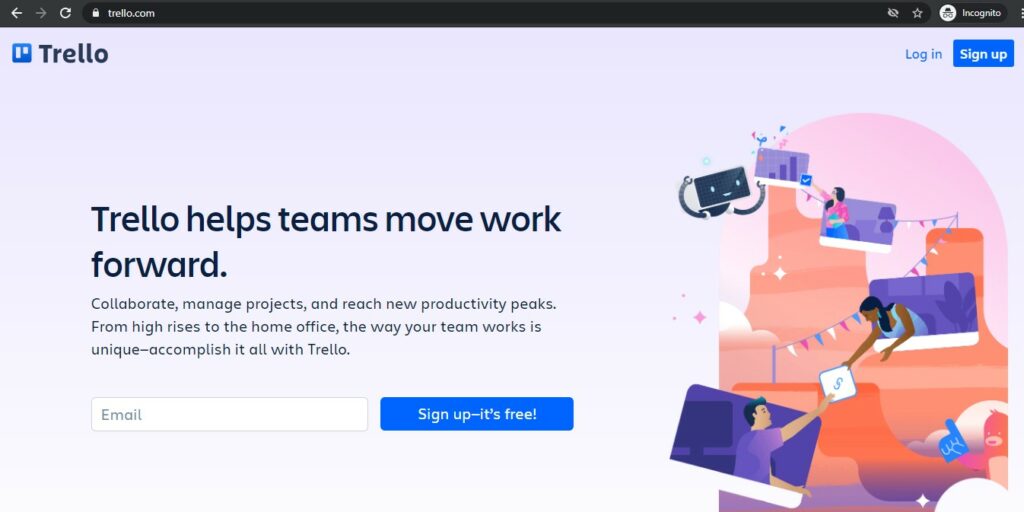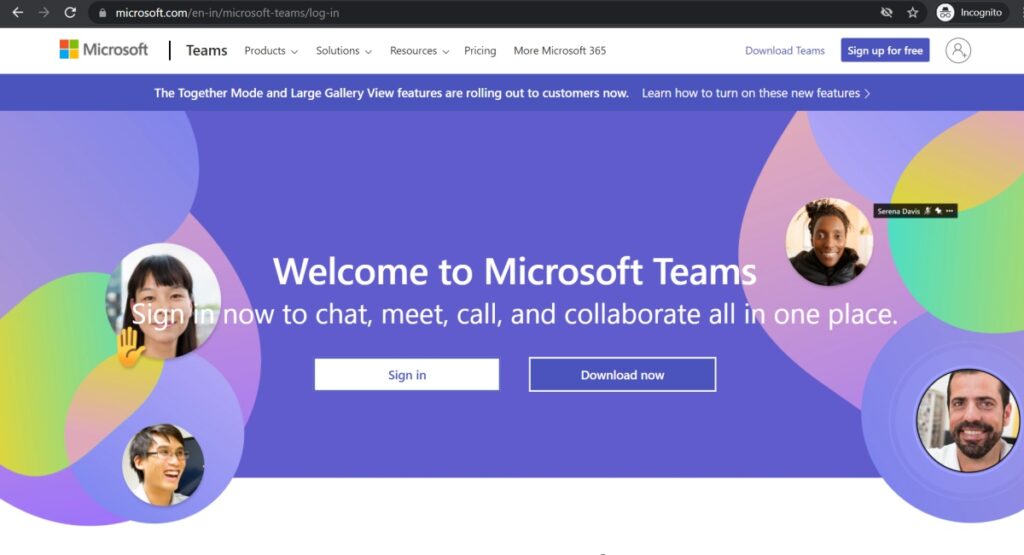The pandemic catalyzed the advantage of the hybrid work model for many industries, including the BPO or business process outsourcing industry. The sector’s quick adoption of the remote work model has helped many partner companies minimize disruptions and mitigate other impacts of the crisis.
The remote work setup is also seen as a way for businesses to avoid high attrition rates due to “The Great Resignation.”
The unprecedented phenomenon that prompted the highest number of employee resignations has created the most arduous talent war in the labor market—putting workers in the ideal position to negotiate what they want out of work and the workplace.
Table of Contents
- Employees’ expectations at work
- 5 helpful tools in transitioning BPO workers to a productive remote work setup
- Remote work is here to stay
Employees’ expectations at work
According to SuperStaff, one of the key drivers of “The Big Quit” is the employees’ greater desire for a hybrid work model. The following data from “Pulse of the American Worker Survey” supports this insight:
- 42% of workers value increased flexibility in their workplace.
- 34% of remote workers said they would quit their jobs if employers asked them to return to the office full-time.
- 26% of millennials left their jobs to seek remote work opportunities.
Additionally, employees want to gain greater control over their work lives. This explains why remote work is among the strongest workplace trends in 2022 and why a staggering 81% of WFH employees want to continue working remotely full-time or combine in-office and remote work.
Indeed, the era of the employees is here. With more openings than candidates, job seekers have the greatest leverage in decades. Companies that respond to workers’ demand for greater flexibility are better poised to win the ongoing war for talents.
Check out how the outsourcing industry is transitioning to remote work.
However, questions linger in the minds of company owners: How do I ensure that you have direct control of my remote team? How do I ensure productivity?
Fortunately, employee monitoring software and other remote working tools are abundant today. Let’s explore some of the tools you can use to empower your team to achieve more as you transition to a remote work setup.
5 helpful tools in transitioning BPO workers to a productive remote work setup
1. Time Doctor

Managing a remote team comes with new and unique sets of challenges. The most common is ensuring employees remain productive and efficient in completing tasks. For this reason, many BPO companies that adopted a remote or hybrid work model use time-tracking and employee monitoring software, such as Time Doctor.
Time Doctor is a remote employee monitoring software that provides actionable and data-driven insights to help business owners and managers stay on top of employee productivity, attendance, schedule, and more. This tool, which can be integrated with other remote working tools, generates real-time analytics reports on:
- How employees make use of their time
- The length of time employees spend on projects
- The websites and applications employees access
- Keyboard and mouse activity levels of employees
- The productivity ratings of employees
Aside from managers and company owners, Time Doctor helps employees overcome some of the biggest challenges of remote work. According to Buffer’s State of Remote Work Report 2022, employees working at home have difficulties:
- Unplugging after work (25%).
- Maintaining focus (21%).
- Staying motivated (21%).
With automatic time tracking, custom to-do lists, distractions alerts, and productivity reports, Time Doctor enables workers to remain focused and motivated and, consequently, achieve better results and work-life balance.
2. Secure remote worker by ThinScale

Security is absolutely critical in the BPO world with compliance requirements ranging from PCI, HIPAA, GDPR and numerous financial regulations.
But, thanks to Secure Remote Worker from ThinScale work at home at scale is a genuine option for BPOs for the first time.
It brings the productivity improvements, cost savings, and recruitment and retention gains within reach with almost none of the resource and logistical challenges associated with traditional solutions.
Its features include:
Worker mode
It launches a temporary and secure workspace that locks the user out of its underlying OS.
USB Device Blocking
Secure Remote Worker blocks mass storage devices except periphals like keyboards and headsets. USB devices are usually the main causes of security breaches and data leaks.
Write Filter
This prevents any data from the secure session to be saved or moved to the personal device. It avoids crucuial data leaks.
3. Trello

Project management is another major challenge managers face in leading remote and hybrid work employees. As employees and teams work asynchronously, keeping projects on track becomes increasingly complex.
One can easily fall through the cracks with all the follow-ups, coordination, and other things involved in a project. This reason paved the way for the popularity of collaboration tools for remote teams, such as Trello.
Trello is a web-based project management tool that enables individual employees and teams to plan and collaborate seamlessly on one platform. This product was initially popular among startups and, later, among all sizes of businesses. It has three main features that help users keep their to-do lists organized:
- Lists
This feature allows users to list the tasks involved in the project. Lists appear on the boards and may contain cards.
- Cards
Cards are where the specifics of the tasks are saved, shared, and managed. Each card is customizable and allows users to include checklists, deadlines, attachments, notes, and other information about the tasks.
- Boards
Trello Boards give users a birds-eye-view of all the pending and completed tasks involved in a project. It shows the task lists, calendar, timeline, stats dashboard, and more.
4. OrangeHRM

The average turnover rate for most business process outsourcing companies is around 30% to 45%. As such, one cannot deny the crucial and challenging role human resource teams play in the success of a BPO company.
From interviewing to onboarding, most HR functions were traditionally performed in person. Since the pandemic drove many employees to shift to remote work, HR managers and recruiters have experienced difficulties transitioning into virtual processes. This scenario highlights the importance of a reliable platform, such as OrangeHRM.
OrangeHRM is a human resource management system that integrates all administrative, training, and talent management functions in a single, customizable platform. It features solutions for:
People management
- HR Administration
- Employee Management
- Reporting & Analytics
Compensation
- PTO / Leave Management
- Time Tracking
- Payroll Connector
Talent management
- Recruitment (Applicant Tracking System)
- Onboarding
Culture
- Performance Management
- Career Development
- Training (LMS)
5. Microsoft Teams

Communication is vital in maintaining employee productivity and engagement, especially in a remote work environment. Managers need to touch base often and provide plenty of feedback to boost employee morale and engagement. In an article, Zippia revealed that:
- 65% of employees want to receive more feedback.
- 69% of workers say receiving feedback makes them feel recognized and inspires them to work harder.
- 43% of highly engaged employees receive feedback at least once weekly.
- 40% of workers who receive little to no feedback disengage actively from their work.
But with teams dispersed in different locations, many leaders find it challenging to coach and touch base with employees as often and effectively as needed. Although the gap can be attributed to various reasons, the lack of practical tools stifles communication in a remote or hybrid workplace.
The first step to promoting healthy communication in a remote workplace is to provide access to reliable collaboration tools for remote teams, like Microsoft Teams.
Microsoft Teams is a business communication platform that offers the same enterprise-level security as other Microsoft 365 products. This tool has various features that make it ideal for both video conferencing and enterprise-level communication, including:
- Unlimited group and 1:1 voice and video calls
- Meeting recording option
- Breakout rooms
- Multi-platform accessibility
- Text transcription option
- App integration
- Live event hosting for up to 10,000 attendees
Remote work is here to stay
Employee expectations have evolved significantly since the pandemic. While return-to-office mandates continue to stir up debates, experts foresee employees remaining in the driver’s seat, prompting the increase of remote or hybrid work opportunities in the coming years.
Adjusting to this new reality should not be as drastic and challenging for the BPO sector. Business process outsourcing has been proven to be an agile and resilient industry, adapting well to disruptions and changes forced by the pandemic. And with the right tools, transitioning BPO workers to remote work setup should be relatively straightforward.


